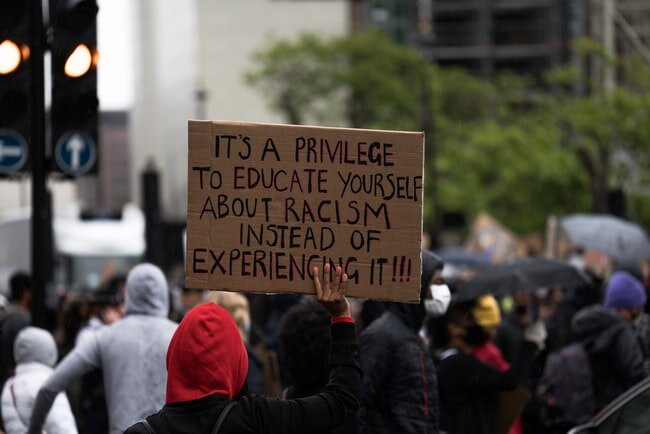Starting a novel can become more than you bargained for… unless you know what to expect. What follows are the toughest lessons I've taken from working on writing/editing every day for years. This is highly subjective and not meant to cover everything – only the parts that were once hard to accept.
There will be times when your mind goes blank, when writing is the last thing you want to do. But your pet project will still be there, looking at you with puppy dog eyes, expecting to be fed and exercised. If it feels like it won't leave you alone, that is a great sign.
Beware the sunk cost fallacy. Even when you’ve nurtured a novel for years, there will inevitably be a point where you realise that it’s just not working out. This happens to even the greatest of talents. The key is to know when to step away – and that requires being honest with yourself.
Set a cutoff point. I’ve been warned by several accomplished writers not to spend more than a year on a first draft. I have repeatedly ignored that advice – telling myself, “But this is different! I can make it work!” – only to wish I’d taken their advice sooner.
Do a little bit every day, even if it’s just 30 mins in the morning (on your commute) or last thing at night (when everyone’s gone to bed). Momentum is everything. Skipping a day might feel harmless but you can lose months of progress before you know it.
Don't put too much significance on daily word-count targets. Writing to a certain length every time you work is risky. Consciously or not, you can end up generating weak material just to meet your goal – which only creates more work for yourself later on in the editing process.
Good writing requires good editing. The bad news? Editing yourself well requires time and patience. There’s a popular myth that Jack Kerouac wrote his seminal work On the Road in a three-week frenzy. The reality is that it took years of rewrites and rejections. That’s craftwork.
Don’t get hamstrung by real life. I’ve written passages that were 100% accurate... and yet they either felt unbelievable or downright boring. Beware of that trap. You’re not writing a history book. Even if you've got an outline, remember to let your imagination take the story where it needs to go.
Studying writers’ routines won't reveal a magic secret. I’ve tried every approach you can think of and still haven’t found an ideal method. It all depends on what works for you. There’s no one-size-fits-all solution, so experiment until you’ve found a groove.
What I wish I knew years ago: Find the right person to share your work with. Avoid anyone who’ll tell you what you want to hear, filter feedback through their own insecurities, or leave you hanging in uncertainty. It can have a destructive effect on your writing, so proceed with (passionate) caution.



















